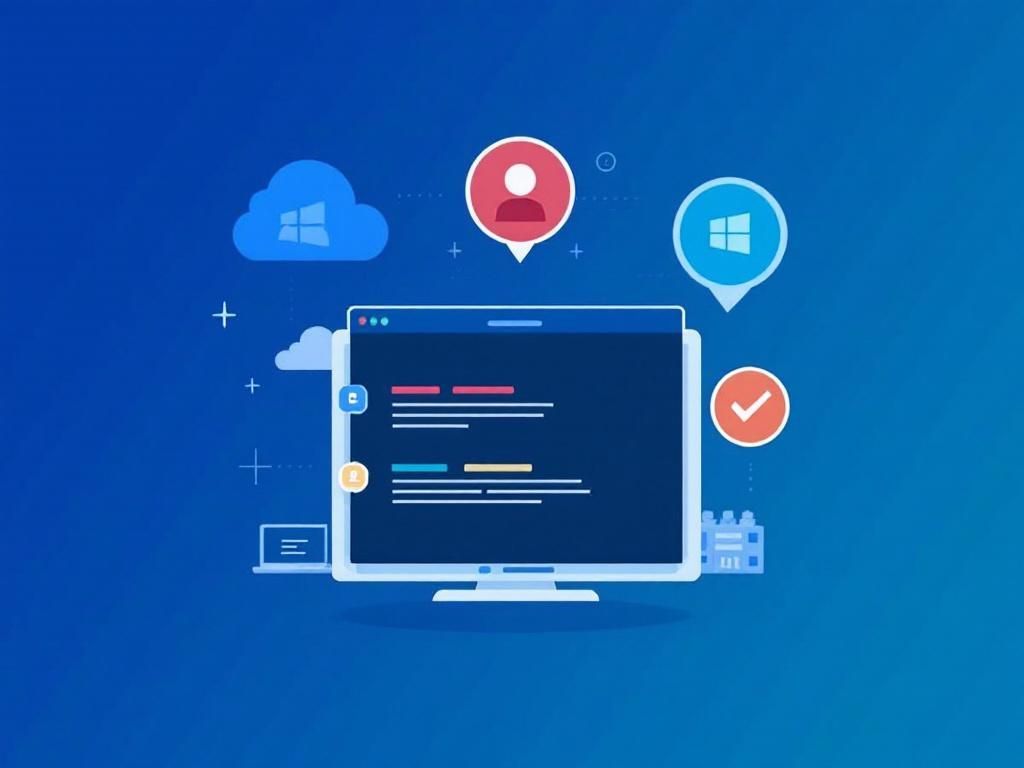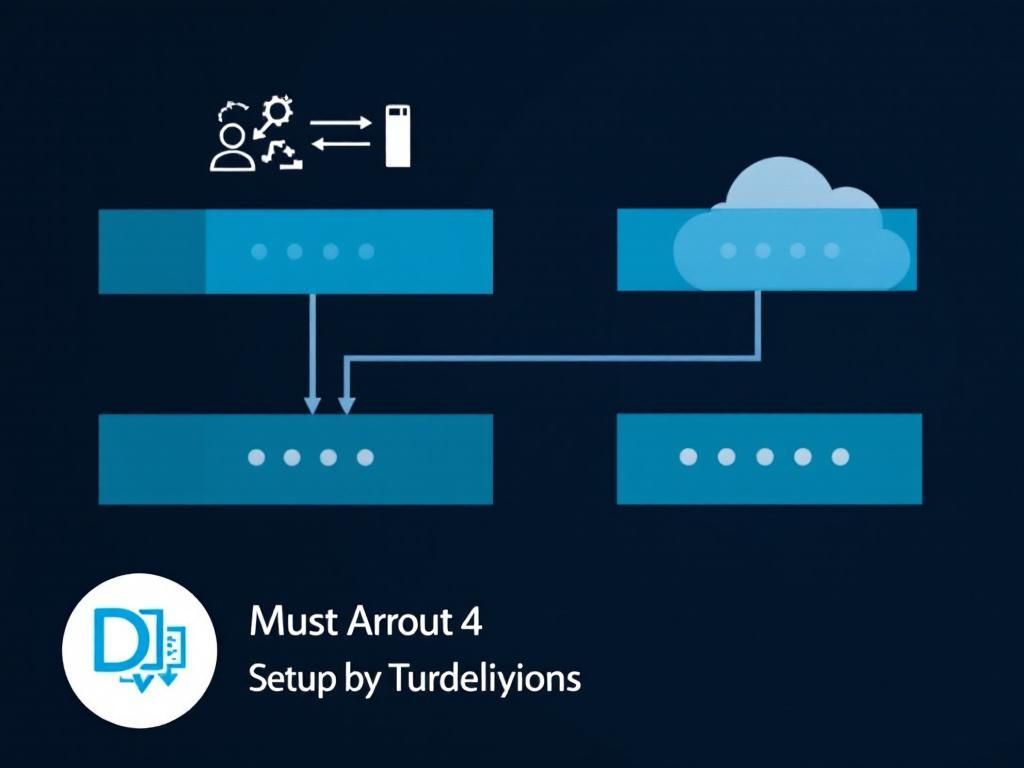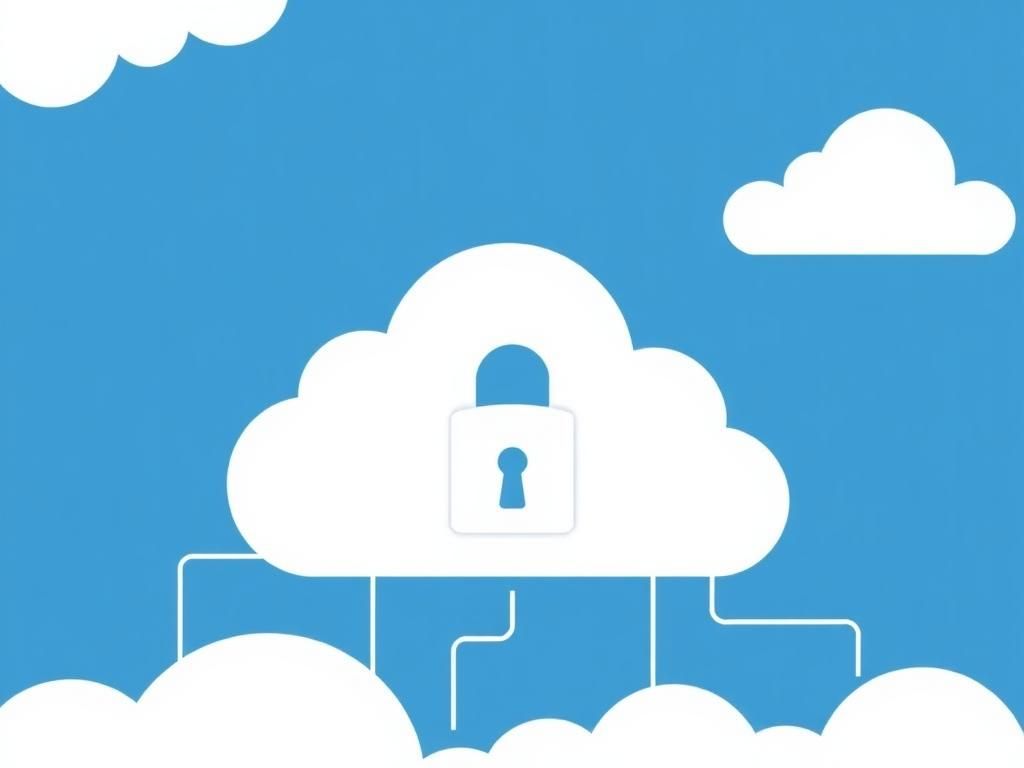Essential Must-Haves for Secure File Sharing in 2025
Explore the essential features and tools for secure file sharing in 2025 to protect your data and enhance collaboration.

As we move toward 2025, the landscape of secure file sharing is evolving rapidly, driven by advancements in technology, increasing data privacy regulations, and a heightened emphasis on cybersecurity. Businesses of all sizes need to prioritize secure file sharing solutions that not only protect sensitive information but also enhance collaboration among teams. In this article, we will explore the essential features that every secure file sharing solution should have to ensure safety and efficiency in digital communication.
Table of Contents
The Importance of Secure File Sharing
In an age where data breaches and cyber threats are increasingly common, secure file sharing is paramount. With remote work becoming the norm, organizations must ensure that their files are not only accessible but also protected from unauthorized access. A robust secure file-sharing system provides numerous benefits:
- **Data Privacy**: Protects sensitive information from unauthorized access.
- **Regulatory Compliance**: Ensures adherence to industry regulations such as GDPR, HIPAA, and CCPA.
- **Collaboration**: Facilitates seamless sharing of files among team members without compromising security.
- **Data Integrity**: Maintains the accuracy and reliability of shared data.
Must-Have Features for Secure File Sharing Solutions
1. End-to-End Encryption
End-to-end encryption is crucial for safeguarding files during transmission and storage. This means that only the sender and the recipient can access the contents of the files. Encryption protects data against interception, ensuring that even if data is stolen, it cannot be read without the decryption key.
2. User Authentication and Access Control
Robust user authentication mechanisms are essential to verify the identity of individuals accessing the files. Additionally, access control enables administrators to specify who can view, edit, or share files. Key features include:
- **Two-Factor Authentication (2FA)**: Adds an extra layer of security by requiring users to provide two forms of verification.
- **Role-Based Access Control (RBAC)**: Assigns permissions based on user roles, limiting access to sensitive files.
3. Secure File Transfer Protocols
Utilizing secure file transfer protocols like SFTP (Secure File Transfer Protocol) or FTPS (FTP Secure) is essential for protecting files in transit. These protocols encrypt the data being transmitted, making it difficult for attackers to intercept and read the information.
4. Data Loss Prevention (DLP)
Data Loss Prevention tools help organizations detect and prevent data breaches or unwanted data transmissions. DLP solutions monitor and control data transfers, ensuring that sensitive information does not leave the organization without authorization.
5. Activity Monitoring and Auditing
Having the ability to monitor file access and sharing activities is vital for identifying potential security breaches. Activity logs should provide detailed information on:
| Activity Type | Description |
|---|---|
| File Access | Tracking who accessed which files and when. |
| File Modifications | Monitoring changes made to files and by whom. |
| Sharing Events | Logging when files are shared and with whom. |
6. Integration with Existing Tools
To enhance collaboration and productivity, secure file sharing solutions should seamlessly integrate with existing tools and platforms such as:
- **Project Management Software**: Tools like Asana or Trello
- **Communication Platforms**: Tools like Slack or Microsoft Teams
- **Cloud Storage Solutions**: Services like Google Drive or Dropbox
7. Cross-Platform Compatibility
In today’s multi-device environment, secure file sharing solutions must be compatible across various platforms, including desktops, tablets, and smartphones. This ensures that users can access and share files from anywhere, anytime.
8. User-Friendly Interface
A user-friendly interface is critical for encouraging adoption among team members. The solution should be intuitive, allowing users to navigate easily, upload files, and set permissions without requiring extensive training.
Emerging Trends in Secure File Sharing
As technology continues to advance, several trends are shaping the future of secure file sharing:
1. Zero Trust Security Model
The zero trust security model operates on the principle of ‘never trust, always verify.’ This approach demands strict verification for every user attempting to access resources, regardless of their location.
2. Artificial Intelligence and Machine Learning
AI and machine learning can enhance security by identifying patterns in user behavior, predicting potential security threats, and automating responses to suspicious activities.
3. Increased Focus on Compliance
With regulations continuing to evolve, businesses must prioritize compliance when selecting secure file sharing solutions. Solutions that offer built-in compliance features will become increasingly valuable.
Conclusion
As the need for secure file sharing becomes more critical in the digital landscape of 2025, organizations must invest in solutions that incorporate essential features to protect sensitive information. By focusing on security, compliance, and ease of use, businesses can foster a collaborative environment while safeguarding their critical data.
FAQ
What are the must-haves for secure file sharing in 2025?
In 2025, secure file sharing must include end-to-end encryption, multi-factor authentication, robust access controls, user activity monitoring, and compliance with data protection regulations.
How can I ensure my files are secure when sharing them online?
To ensure your files are secure, use a reputable file sharing service that offers encryption, regularly update passwords, and limit access to trusted individuals only.
What role does encryption play in secure file sharing?
Encryption protects data by converting it into a secure format that can only be read by authorized users, making it essential for maintaining confidentiality during file sharing.
Why is multi-factor authentication important for file sharing?
Multi-factor authentication adds an extra layer of security by requiring users to verify their identity through multiple methods, significantly reducing the risk of unauthorized access.
What are the risks of insecure file sharing?
Insecure file sharing can lead to data breaches, unauthorized access, loss of sensitive information, and potential legal ramifications related to data protection laws.







